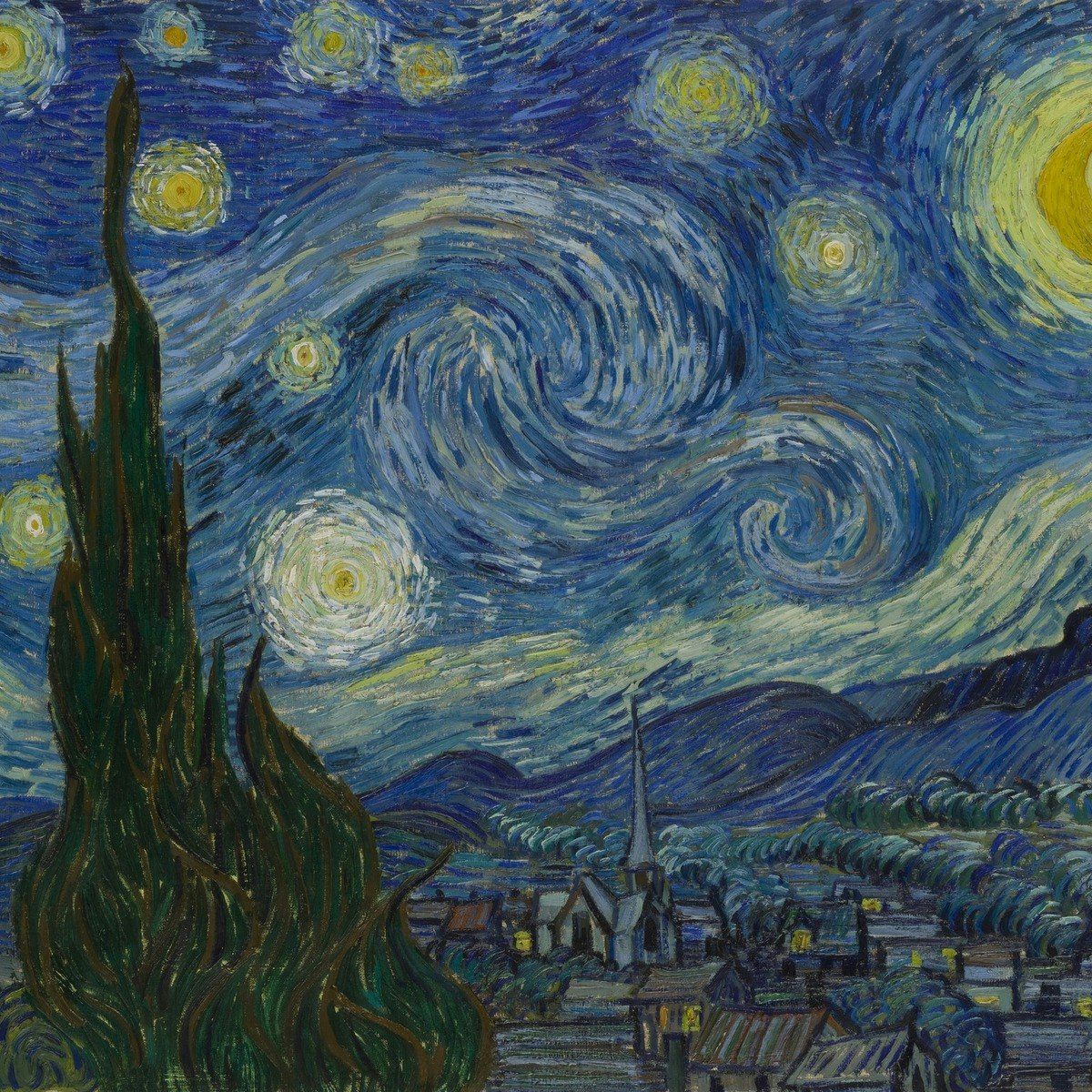Exactly How Trump Art Influences Public Understanding of Political Figures
Exactly How Trump Art Influences Public Understanding of Political Figures
Blog Article
Delving Into the Diverse Globe of Artistic Expression: From Surrealism to Abstract Realism
In the realm of creative expression, from the dreamlike landscapes of surrealism to the detailed play of light and form in abstract realism, artists have actually continually pressed the boundaries of creative thinking and imagination. As we check out the complex globe of art, we are presented with a tapestry of styles, methods, and approaches that test our understanding and prompt reflection.
Surrealism: Unleashing the Subconscious
Surrealism, an avant-garde creative motion of the 20th century, dived right into the midsts of the subconscious, unveiling a world of dream-like imagery and unusual juxtapositions. Led by artists like Salvador Dali, René Magritte, and Joan Miró, Surrealism sought to challenge the traditional means of seeing and understanding art. With methods such as automatism and desire evaluation, Surrealist artists intended to use the subconscious mind to expose surprise facts and desires.
One of the crucial elements of Surrealism was the emphasis on the illogical and the incredible. By combining unexpected aspects in their jobs, Surrealist musicians intended to create a sense of disorientation and surprise in the audience. This disturbance of logic and reason was indicated to provoke a deeper exploration of the subconscious and the mysteries of the human subconscious.
Abstract Realistic Look: Redefining Perception
Testing standard creative boundaries, Abstract Realistic look redefines assumption through the combination of recognizable components with abstract kinds. This cutting-edge strategy to art incorporates the representational accuracy of realism with the imaginative liberty of abstraction, supplying viewers a special visual experience that triggers them to examine their understanding of fact.
In Abstract Realism, artists strive to catch the significance of their topics while additionally infusing their collaborate with a sense of depth and complexity via abstract aspects. By blending the aware of the unfamiliar, these musicians invite target markets to engage with their items on multiple degrees, encouraging them to check out the nuances of texture, kind, and color.

Cubism: Fragmentising Fact
Utilizing geometric types and fragmented viewpoints, Cubism reinvented the artistic representation of fact in the very early 20th century. Established by Pablo Picasso and Georges Braque, Cubism looked for to test standard ideas of perspective and depiction. By damaging down objects and figures right into geometric shapes and providing them from numerous perspectives simultaneously, Cubist musicians aimed to catch the significance of the subject instead of its literal appearance. This technique not only deconstructed reality but additionally stressed the flatness of the canvas, leading the way for future abstract art activities.

Cubism can be classified into 2 primary phases: Analytical Cubism, identified by monochromatic color pattern and detailed, fragmented kinds; and Artificial Cubism, which included collection components and brighter shades right into the structures. With these unique phases, Cubism influenced not only paint but additionally sculpture, style, and layout. trump art. Its impact reverberated throughout the art globe, inspiring artists to explore new ways of representing the world and analyzing around them
Expressionism: Feelings on Canvas
Discovering the depths of human feelings via brilliant and expressive brushstrokes, Expressionism arised as a profound artistic activity in the very early 20th century. Unlike previous art motions that concentrated on showing the external globe, Expressionism dug into the inner realm of the artist's subconscious, aiming to stimulate raw feelings and provoke visceral responses from visitors.
Expressionist artists, such as Edvard Munch, Egon Schiele, and Emil Nolde, denied standard notions of elegance and realism in favor of misshaping type and color to communicate subjective feelings. Making use of overstated brushwork, vibrant colors, and altered figures assisted develop a sense of anxiousness, alienation, or passion in their jobs.
One of the most renowned examples of Expressionism is Munch's "The Scream," look at this web-site which catches the extreme stress and anxiety and misery of modern life with its swirling, altered number against a blood-red sky. Via their emotionally billed jobs, Expressionist artists sought to test conventional imaginative norms and supply a More about the author home window into the unstable midsts of the human soul.
Contemporary Art: Advancing Perspectives

Among the defining features of contemporary art is its continuous advancement and ability to adapt to altering social landscapes. Musicians are increasingly integrating modern technology into their practice, blurring the lines in between the electronic and physical realms. This blend of tools permits cutting-edge ways of storytelling and engaging with audiences in a more interactive fashion.
Furthermore, modern art frequently serves as a platform for social commentary, dealing blog with pressing problems such as identity, politics, and the environment. Artists are using their work to trigger important discussions and prompt idea, clarifying the intricacies of the world we reside in. As point of views remain to evolve, contemporary art continues to be a prominent and dynamic pressure in shaping our social landscape.
Verdict
Finally, the world of artistic expression encompasses a wide variety of movements and designs, each with its own unique method to conveying definition and feeling. From surrealism's exploration of the subconscious to abstract realistic look's redefining of assumption, and from cubism's fragmentation of truth to expressionism's portrayal of feelings, art remains to evolve and test viewpoints - trump art. Contemporary art shows the ever-changing world we stay in, using new ways to analyze and comprehend the complexities of our fact
As we check out the complex globe of art, we are presented with a tapestry of designs, methods, and philosophies that test our understanding and provoke reflection. Its effect reverberated throughout the art globe, inspiring artists to discover new means of representing the globe and translating around them.

Report this page